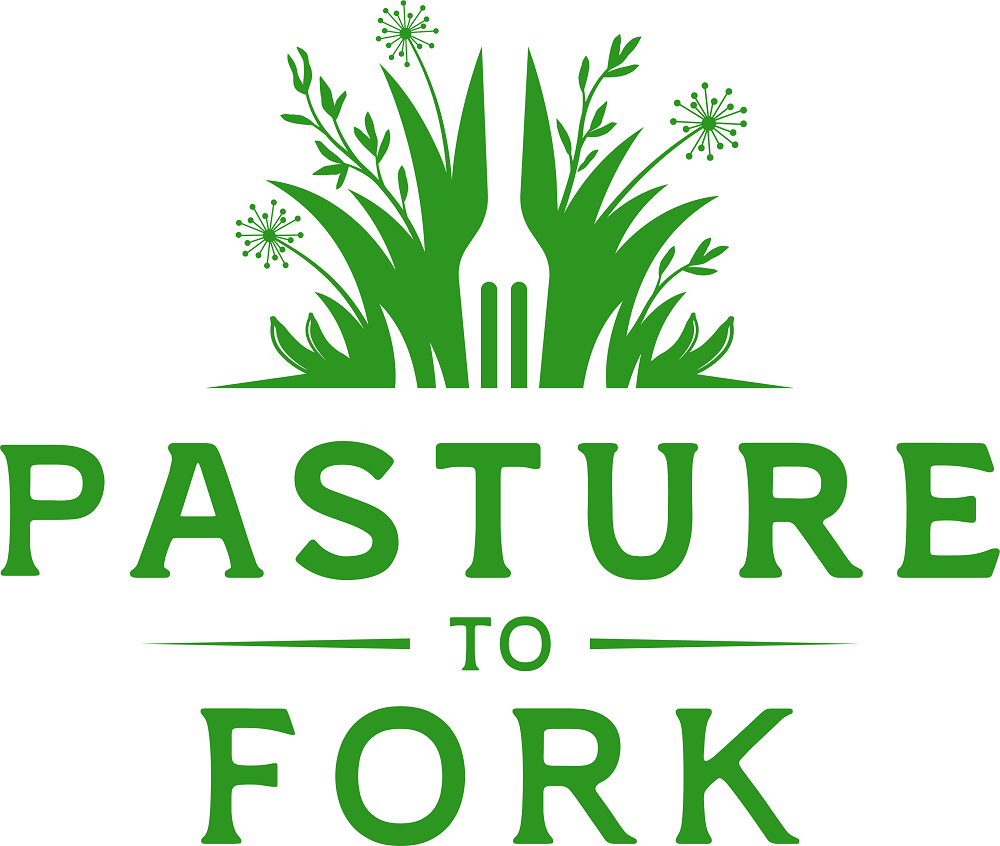On the subject of organics, I often feel like the one person shouting, “The emperor has no clothes”, because so many people laud certified organic as the answer to all food perversions. Admittedly, at this point many direct-to-consumer food businesses—including us—feel threatened by cheap, mainstream, big-box, store-brand organics. The greatest threat farms like us feel lies in consumer perception, which entails the erosion of organic food going from small-scale value-driven farms to big-box-store industrial organics.
The good news is, a rising tide of farms and food producers exist who serve the consuming populace with “beyond organic” vegetables, meat, and dairy products. It’s a revolution of sorts that includes local farms surrounded by clusters of concerned, educated consumers. Bypassing the need for organic certification with direct consumer relationships, this growing know-your-farmer know-your-food movement is the future to a real-life connection with your food.
This direct relationship between farmers and consumers (I prefer the term co-producers) often places minimal emphasis on actual organic certification, largely because both parties (farmer and eater) are attuned with the how and why of food production.
At Pasture to Fork, we believe truly organic food production is more about the producer’s emotions, thoughts, and worldview—along with the scrutinizing eyes and probing questions of purchasing constituents—than it is about a pass/fail certification process that can be fudged or a set of rules that can be bent. Which is to say you can learn more about me by seeing my reading material (which indicates my interests and worldview) than having me fill out a bunch of forms.

If any one attribute separates the beyond organic food movement from mainstream certified organics, it’s transparency. On that note, here are production protocols we practice at Pasture to Fork that go above-and-beyond organic requirements;
- Pastured chicken. Organic chicken in the supermarket is raised in almost the exact same indoor production model as non-organic. The only difference is that conventional grain rations have been replaced with certified organic grain (many of which are imported due to insufficient domestic production), the absence of growth promoter antibiotics in the ration, and slightly more square footage per bird. To clarify, there’s no grass, no fresh air, no foraging for insects, and minimal exercise. We believe the five main flavor-enhancing and health-giving factors of truly pastured poultry are: unlimited exercise, fresh greens/grass, abundant fresh air, sunshine, and low stress (small groups coupled with humane treatment). Of course, the absence of antibiotics, chemicals, and GMO’s in the diet play a role, but these five factors make the prevailing difference. In lieu of certified organic feed from the greater organic industry, we partner with a small family-owned mill in Berks County for chemical-free GMO-free feed that’s basically organic, just not certified.
- Grass-fed cattle. Certified organic beef and dairy does not equal grass-fed, and grass-fed does not equal organic. The vast majority of “certified organic” beef on supermarket shelves comes from feedlots where grain is the number one feed component. At Pasture to Fork, we’re adamant about 100% grass-fed dairy and 100% grass-fed grass-finished beef. No grain ever. Cattle simply were not created to metabolize grain as modern agriculture forces them to do.
- Grass-fed beef contains 2-5 times more omega-3s and 2-3 times more Conjugated Linoleic Acid (a polyunsaturated fat that’s high in antioxidants and protects against heart disease, diabetes, and cancer). Why? Because it’s produced in an environment natural to cattle. In addition, the extraordinarily higher antioxidant, vitamin, and mineral content of grass-fed beef compared to grain-fed beef is nothing to scoff at. Interestingly, mainstream organic rarely differentiates itself from a nutritional viewpoint. That’s beef, to see more in-depth facts on the dairy side, see What is the Difference.
- Pasture and woodlot raised pork. Even though organic pork is a hard find, we’ll still visit the subject here. Pigs, like chickens, are omnivores, which means they consume both animal and plant derived foods. Omnivores are single stomached creatures (like humans) and can handle grain much easier than multi-stomached herbivores. Therefore, both hogs and chickens were the first food animals to be pressed into mass production by modern vertically integrated agriculture. Pigs are inquisitive, active, and extremely hardy animals that thrive in the outdoors. To confine them to an indoor environment is unnatural even under the best of conditions. This is why certified organic pork never gained traction, because the confinement model is too unnatural to successfully raise hogs indoors in the environment without the props of antibiotics and growth hormones. Like chicken, the outdoor environs of sunshine, fresh air, unlimited exercise, etc. make all the difference in the beyond organic model, whether it be certified organic or not. Similar also to chicken is chemical-free GMO-free feed from a local source that is basically organic, just not certified.
As you can see, the certification process is only helpful when there’s distance between the farm and the plate—or producer and consumer. Even then, it’s only as good as the integrity of the farmer and his organic inspector. Inspectors, like us, are humans prone to favor or disfavor their constituents based on personality, mood, like or dislike of individuals, and interpretation of the law. In reality, certified organic is a paper-thin trust based on the vagaries of the National Organic Program (NOP) as lawmaker, third party inspection agencies as enforcer, and the individual inspector as interpreter.
Whom will we trust? A neighbor whose farm we can visit and pointed questions ask, or a paper-thin label based on the pass/fail system?
